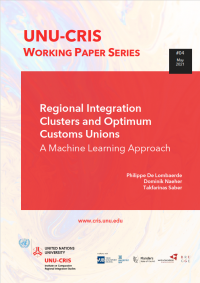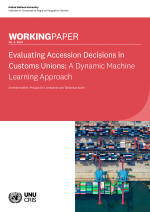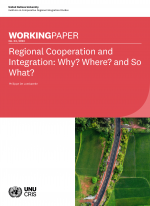Regional Integration Clusters and Optimum Customs Unions: A Machine Learning Approach

This paper proposes a new method to evaluate the composition of regional arrangements focused on increasing intraregional trade and economic integration. In contrast to previous studies which take the country composition of these arrangements as a given, our method uses a network clustering algorithm adapted from the machine learning literature to identify, in a data-driven way, those groups of neighbouring countries that are most integrated with each other. Using the obtained landscape of regional integration clusters (RICs) as a benchmark, we then apply our method to critically assess the composition of real-world customs unions. Our results indicate that there is considerable variation across customs unions as to their distance to the RICs emerging from the clustering algorithm, suggesting that some customs unions are relatively more driven by ‘natural’ economic forces, as opposed to political considerations. Our results also point to several testable hypotheses related to the geopolitical configuration of customs unions.


